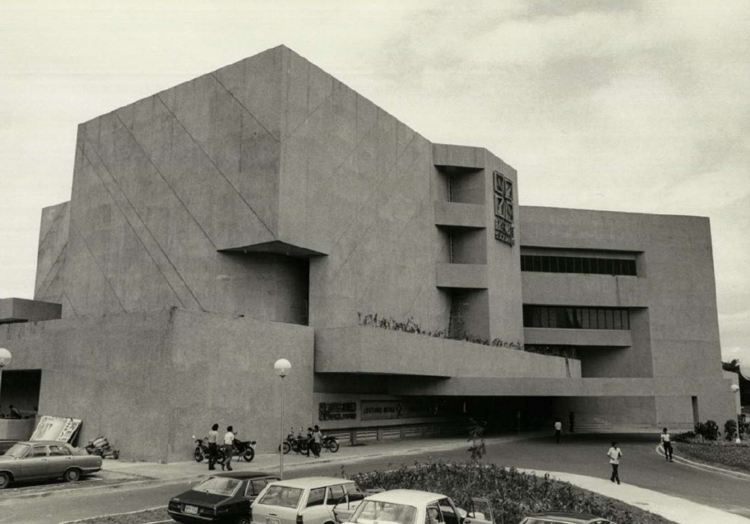This week, we said goodbye to the iconic Makati shopping mall Greenbelt 1, which was designed by National Artist for Architecture Leandro Locsin. Originally named Greenbelt Square and built in 1982, the structure will be demolished to give way to renovations.
Under Republic Act No. 10066 or the National Cultural Heritage Act of 2009, any work by a deceased National Artist is considered important cultural property, protecting it against exportation, modification, or demolition—but it can be delisted after the owner files a petition, as Ayala Land did back in July. The land developer filed a petition with the National Commission for Culture and the Arts (NCCA) to remove its Presumption as Important Cultural Property.
Why there are many Locsin structures in Makati
Locsin was conferred the order of National Artist in 1990. “Every Locsin Building is an original, and identifiable as a Locsin with themes of floating volume, the duality of light and heavy, buoyant and massive running in his major works,” the NCCA website reads.
From the start of his career in 1955 to his death in 1994, he produced 75 residences and 88 buildings, including 11 churches and chapels, 23 public buildings, 48 commercial buildings, six major hotels, and an airport terminal building.
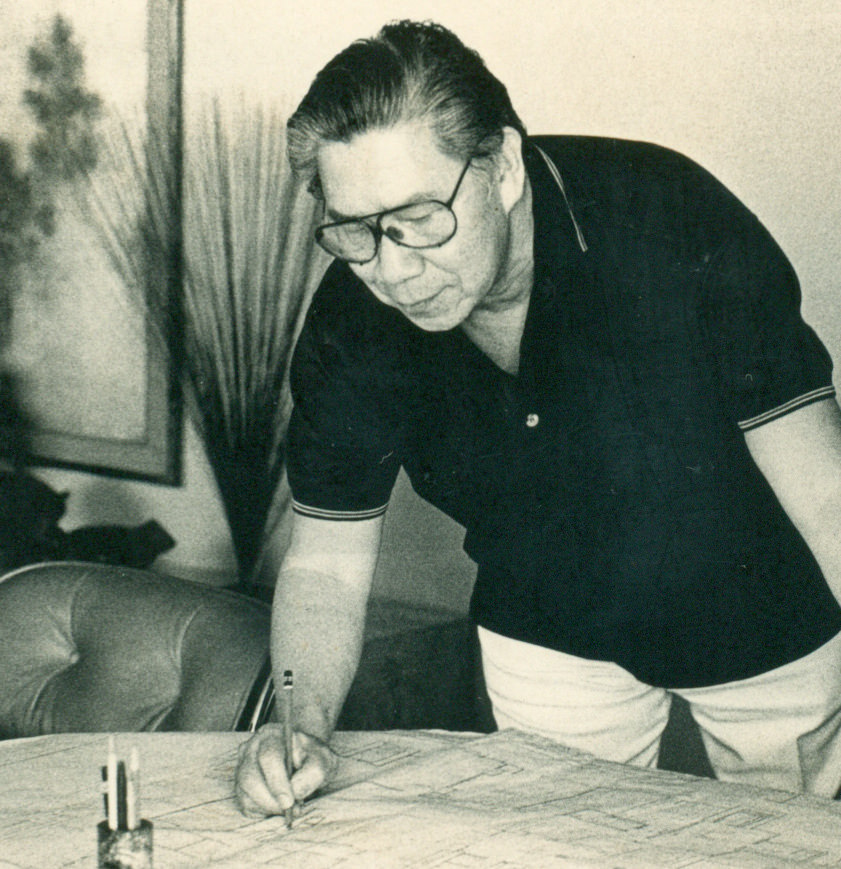
Greenbelt 1 is just one of the many Locsin structures situated (or once situated) in Makati. The city—particularly Ayala Avenue and the greater central business district—has perhaps the largest concentration of works by the National Artist. The majority of these are private residences for distinguished families inside gated communities.
The reason behind this may be Locsin’s relationship with Fernando Zobel. In his National Artist program for 1990, it was mentioned that Locsin worked as an artist-draftsman for Ayala Corporation while he was still studying architecture, working five days a week in the morning and attending classes in the afternoon and evening.
Zobel also accompanied him during his visit to Japan in 1956, which exposed the young Locsin to Japanese architecture, “expanding his vision of his craft and exerting a lasting influence on him.” It was there, the program read, where he “was impressed by the modular approach to design, the sense of scale and proportion, and the honest use of materials, which played up their natural color and texture.”
“He reaped a lot of recognition as a young architect in the ‘60s, the decade in which he got important commercial and state commissions,” said Karl Castro, co-administrator of the online architecture archive Brutalist Pilipinas.
“Around this time, Joseph McMicking (Ayala Corporation CEO from 1931 to 1967) led the master planning of Makati, the formative years of which were the late ‘40s to 1970s; Locsin’s heyday coincided with the gestation period of the Makati CBD.”
Locsin’s trip to Japan inspired his design for the Monterrey Apartments, the first luxury apartment on Ayala Avenue completed in 1957. After that, his projects in the area slowly started rising one by one: the Ayala Building I (Elizalde Building) in 1958, the Ayala Building II (Filipinas Life Assurance Corporation) in 1959, and nine residences by the end of the same year.
Just as Monterrey Apartments set the standards for future buildings to rise along the premier address, it was also the beginning of what would become a continued barrage of Locsin structures’ demolition, when it fell in the ‘90s to give way to newer developments.
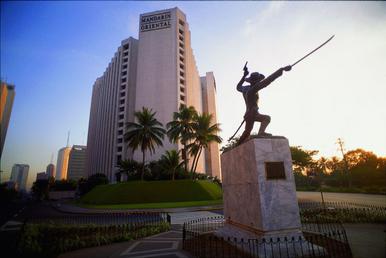
Other notable Locsin creations demolished in Makati include the Mandarin Oriental, which fell in 2014, and the InterContinental Manila, which was torn down in 2016 to make way for the new OneAyala development. One church, the Chapel of St. Alphonsus Ligouri in Magallanes Village built in 1970 was destroyed in a fire in 2004 and was later replaced and rebuilt by another architect in 2007.
A history of misappreciation and depreciation
Greenbelt 1 was not the first Locsin in Ayala Center to be renovated out of existence.
In 2002, the Locsin-designed concrete structure that originally housed the Ayala Museum was demolished to update to more modern architecture of granite, glass, and steel designed by his son Leandro Y. Locsin Jr. This was also the early days of the depreciation of Brutalist edifices, which started to get bad rep for being too cold, unaffecting, boxy, and dated.
The movement was also associated with the plunders of the Marcoses, who favored a “distinctive, but slightly demented, architectural aesthetic to legitimize its regime and perpetuate its power,” said landscape architect, urban designer, and environmental planner Paulo Alcazaren in a review of Gerard Lico’s monumental 2003 book “Edifice Complex: Pure, Myth, and Marcos State Architecture.”
[READ: Looks like the Marcoses were Brutalists by choice]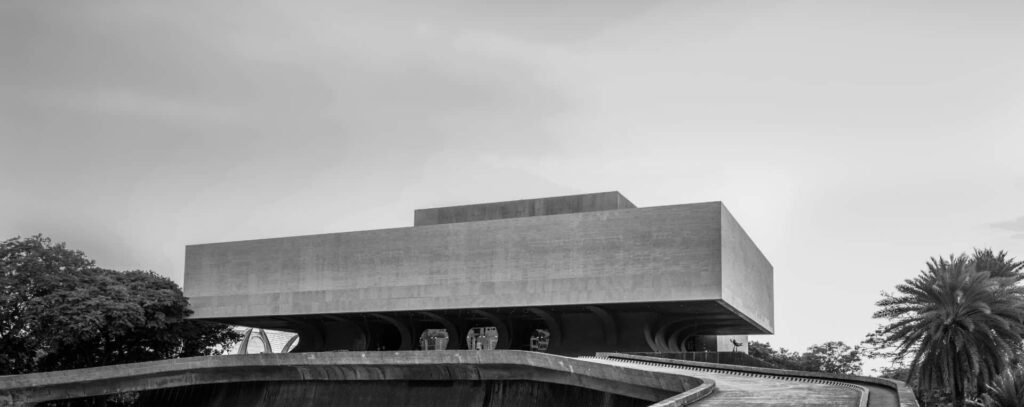
Locsin’s iconic landmarks—the Cultural Center of the Philippines and the Philippine International Convention Center—one should note, were erected during the Marcos years. While these did cement his stature as a notable architect, these also put his other works under unfair comparisons, which didn’t help the case for protecting and conserving minor and commercial Brutalist buildings decades after their fall from grace.
“There’s little appreciation for modernist built heritage,” Castro said. “When we think of “heritage structures” we usually think of churches or Spanish colonial buildings. The design of office buildings, malls, hotels, and other more utilitarian/commercial spaces are taken for granted.”
He added that in the case of Locsin, “predictably, these types of buildings having very different contexts and possibilities, pale in comparison, even called “insignificant” or “nondescript.”
This double standard emboldened owners of these presumed important cultural properties to file for petitions with NCCA to pursue renovations and redevelopment projects. That, coupled with lax laws about heritage buildings (i.e. protection specifically for heritage structures at least 50 years old, or designed by National Artists), spell the demise of these storied buildings. “This is perhaps why many building owners either scramble to demolish modernist structures before they turn 50, or work hard to discredit the value of these structures in order to lift the presumption of ICP status.”
The success of these petitions and the subsequent fall of Locsin buildings in Makati over the years has only resulted in more demolitions as well as petitions, proving just how ineffective the law is in protecting them in the first place.
The demolition of the BDO Corporate Center, formerly the Philippine Commercial International Bank Towers in 2022, was initially halted by NCCA until it was later found out that it was too late as the property was already halfway torn.
The same year, Philippine Long Distance Telephone (PLDT) Inc., the owner of the Ramon Cojuangco Building designed by Locsin in 1982, petitioned NCCA to remove its presumption as an important cultural property. In the petition, PLDT argued that the 15-story building is “generic, nondescript, and purged of any references to local culture, tradition, climate, or identity of the place” and “does not demonstrate exceptional cultural, artistic, and historical significance.” It added that the Cojuangco Building “considerably differs from the distinctive style of Locsin.”
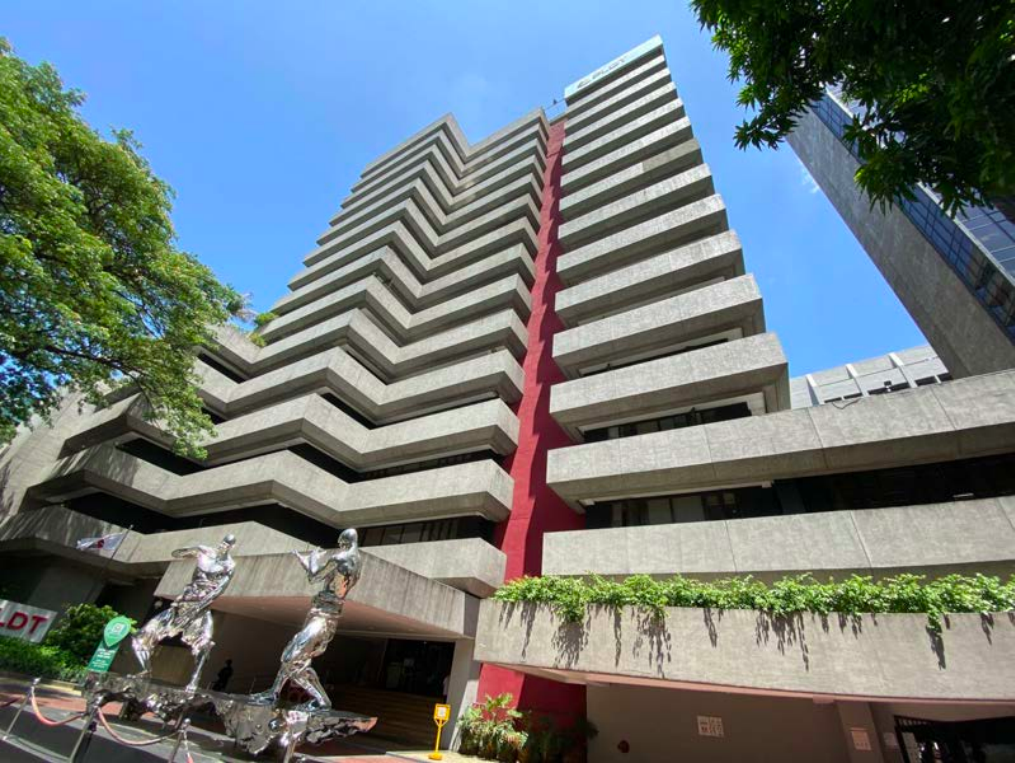
Castro and the dedicated architectural heritage advocates behind Brutalist Pilipinas were instrumental in temporarily halting the demolition that will pave the location for “a modern, ecologically sustainable, and open campus-type headquarters.” The building still stands and is in use but for how long, no one knows.
‘Battle between recognizing cultural patrimony and making profitable business’
It is not just Locsin buildings that are threatened in Makati. Even more vulnerable are other structures of note by underrated Filipino architects, who did not have the privilege of being conferred the order of National Artist like Locsin was.
Castro cites as an example Carlos Arguelles, a leading figure in the International Style of architecture in the 1960s but was not proclaimed a National Artist. “Buildings like the Magallanes Theater in Makati and Philam Life Theater in Manila had much less legal protection. If buildings by a National Artist like Locsin are not spared the wrecking ball, then those by architects who are not National Artists are even more at risk.”
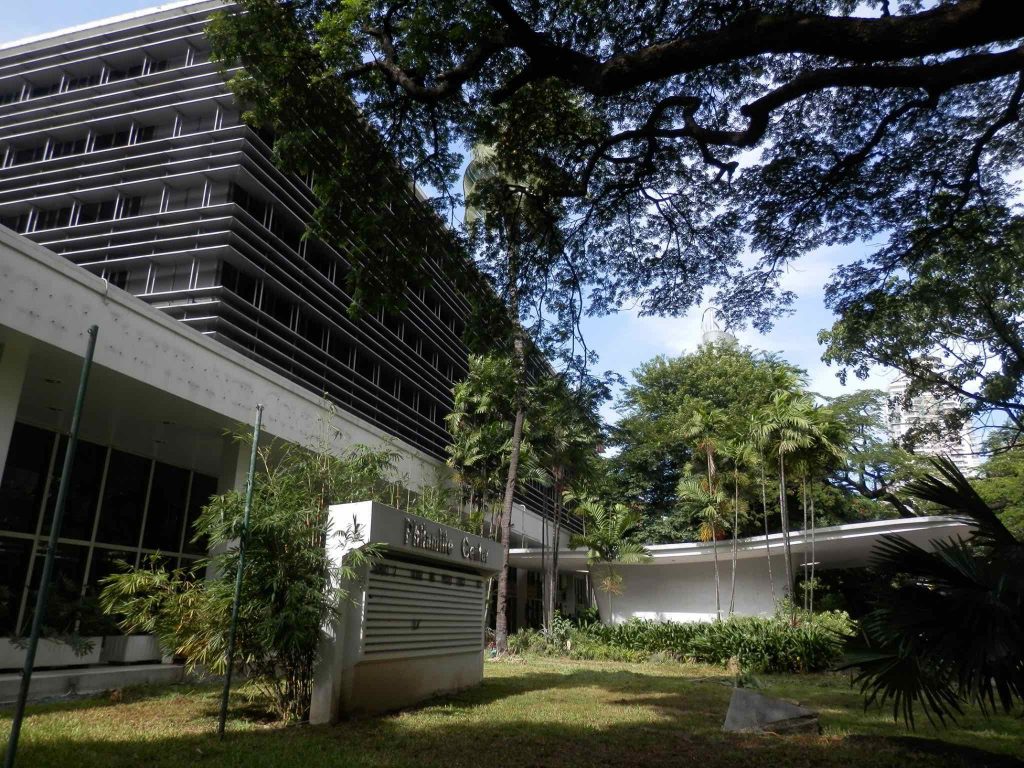
Asked what about these buildings then—regardless if they’re by a National Artist or not, and the depreciation of unconventional heritage structures aside—makes them susceptible to destruction, Castro has this to say: “Many of them, owing to their age, need updates to make them more accessible, more up to codes, which may not have existed at the time of their construction, or are simply seen as an unprofitable use of prime locations.”
The SSS Makati Building, originally Sarmiento Building, by two(!) National Artists for Architecture Ildefonso Santos and Leandro Locsin built on Ayala Avenue cor. Rufino Street, Makati in 1965 comes to mind. It’s now a derelict building that has been closed off and seems only to be awaiting its eventual fate: to acquiesce to a new building.
“It is a battle between recognizing cultural patrimony and making profitable business,” Castro concluded. “Somewhere amid this struggle, the task of imaginative and committed adaptive reuse may be left unpursued.”
After the dust of consecutive demolitions settles, it becomes apparent that the rise and fall of these buildings is but a cycle that serves only to make the myth of Makati as a prosperous, ever-adapting city seem somehow a reality for those who live in and profit off it.
Historian Ambeth Ocampo may be onto something when he wrote a story aptly entitled, “Wonderful shell of heritage” about the then-newly-opened Ayala Museum redesigned by Leandro Locsin Jr. in 2004 after his father’s original Brutalist edifice was torn down.
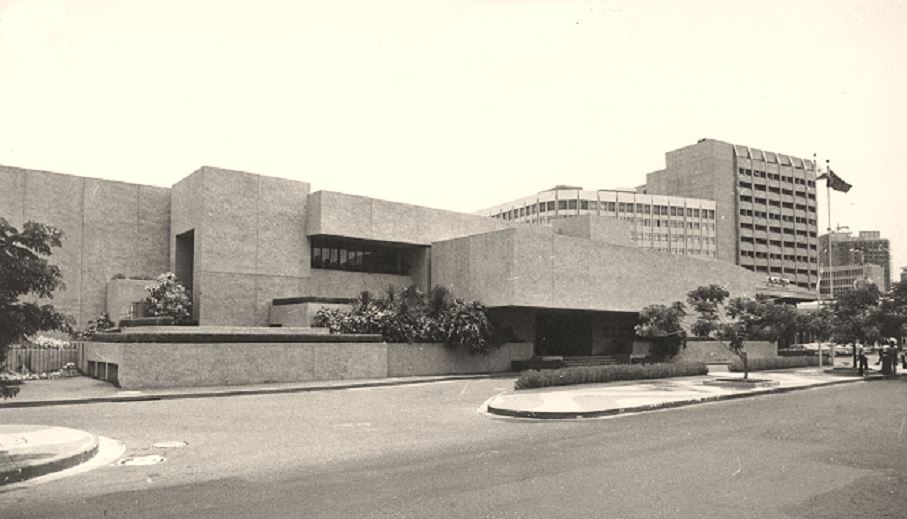
“When the old Ayala Museum was demolished two years ago some rabid heritage conservationists complained that the commercialization of Makati had a numbing effect on people leading to a lack of concern over the squat, dated concrete box designed by the late National Artist for Architecture Leandro V. Locsin. In its place now stands an imposing six-story structure of granite, glass, and steel, designed by Leandro Y. Locsin Jr.—a new Ayala Museum bigger and better than the old one, In time the Ayala Museum will drop the adjective new and the old structure will again be a memory.”

